1958 Land Rover Series 1 - Reader Resto

































































|

|

|

|

|

|

|

|

|

|

|

|

|

|

|

|

|

|

|

|

|

|

|

|

|

|

|

|

|

|

|

|
This Series 1 Land Rover was an irresistible project and has turned out to be a great weekend toy
This was picked up from a guy in Queensland, and it had spent much of its existence being used as a rural fire truck. Of course it was painted red and didn’t do a lot of kays. It had spent much of its life sitting.
There was rust in the frame and chassis. The aluminium of course doesn’t rust, but you of course have to look for corrosion, particularly where it’s not painted.
This was my pandemic or lockdown project. I got it just before Covid emerged and it looked like a fun car. The guy who was selling it had bought it for fun but wasn’t enjoying it as much as he hoped. It wasn’t driving well and needed work.

When lockdown started I had time to strip it down to the chassis. It was a good way to help keep local businesses going, as I was able to farm out some jobs to nearby workshops. They weren’t getting a lot of work, but some of them kept going behind closed doors and they were usually pleased to see some work.
Overall it was in reasonable condition, though there were issues in the usual places on the chassis. It required some welding. Cross members and the front of the chassis needed work.
| 2021 market review: Land-Rover/Range Rover 1949-2003
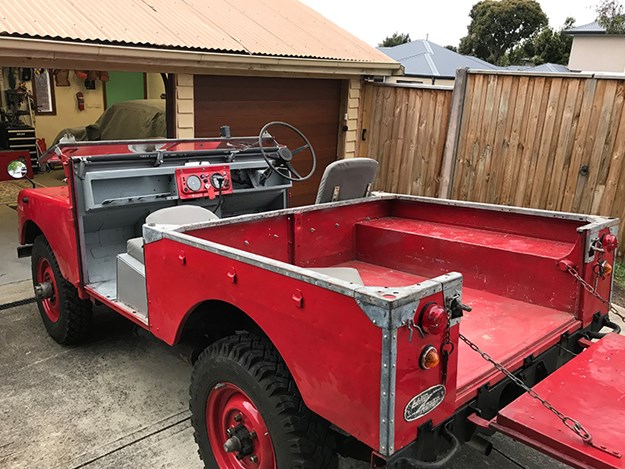
It doesn’t have the original engine – it was a 2.0lt and was replaced very early in its history. There’s a 2.4lt four there now and it’s considered to be most successful and reliable of the Land Rover engines, and they made it over a period of 30 years.
Mechanically it needed a general tidy up and new ancillaries, however the motor itself was good. Compression was excellent, and it’s turned out to be the best-starting engine I’ve ever had! Rebuilding the original Solex carburettor had some challenges as the parts weren’t easy to find. However once it was together it worked really well. The transmission meanwhile had a chipped gear, which was replaced. The drive shafts were replaced, along with the bushes, which is pretty typical.
| Reader Ride: 1965 Land Rover SII
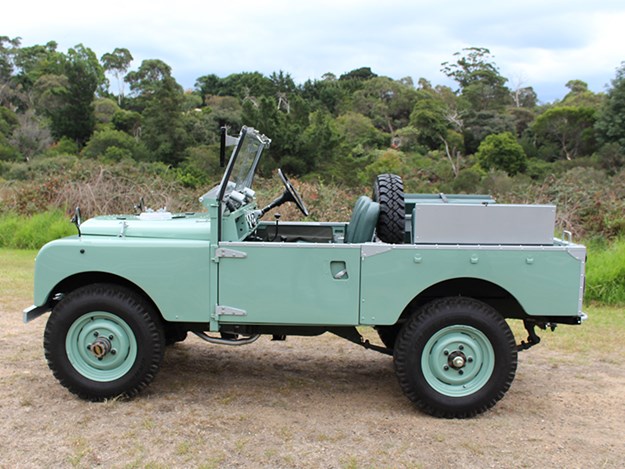
Really the major work was in re-assembling the car. Along the way we upgraded the electrical system to 12 volts – it’s more practical.
The construction of these vehicles is curious and very much a product of their time. Steel was strictly rationed and parent company Rover soon realised it would be in financial trouble if it couldn’t find a way to be more creative with what little was available. At the same time, aluminium – which had been used for war time aircraft construction – was relatively plentiful, hence the construction of the Land Rover with minimal steel and large aluminium panels.
.jpg)
You’ll see these have steel capping over the panels. Originally they were galvanised and in this case I’ve had to powder coat them, as it was impossible to find someone who could galvanise in small quantities.
Then there were the rivets which are (of course) solid aircraft rivets – which are very different to what we usually see in a typical home workshop. I had to buy a pneumatic aircraft riveter and learn how to use it, first experimenting on some scrap metal.

In a lot of ways, the whole construction of this car is a reflection of its history. The story of one of the Wilks brothers at Rover, using the American Jeep as inspiration to create a car that would be useful on the land comes across in every detail. As does its obvious military influence. Its materials and the very utilitarian design are all part of that. It comes across in details such as the chassis. It’s formed with box-welded sections (from four strips), which are more labour-intensive than folded steel, but was a reflection of the materials they could obtain at the time.
Another example is the colour of the paint. That light green is known as cockpit green, because that’s what was used inside RAF aircraft. Readily available as war surplus, it was perfect for the Land Rover.
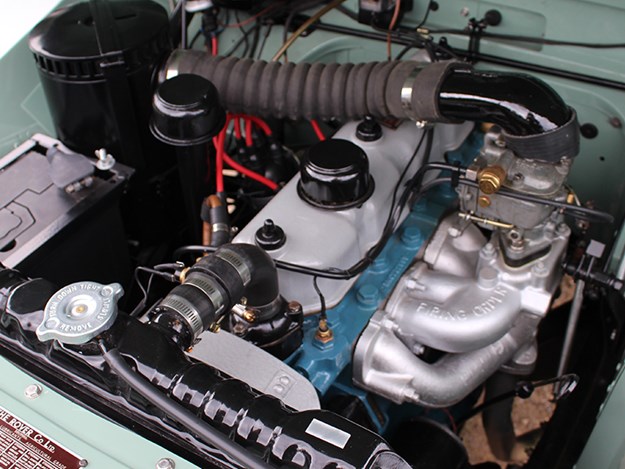
I actually had a little trouble duplicating the colour. What I found online didn’t really do the job and wouldn’t have translated well for a paint-mixer. While I was thinking about this, I looked up and saw an old school photo album sitting on the bookshelf above my desk. It was the exact shade I wanted and it had been staring me in the face all the time! I took it down to the local paint supplier and they scanned it as a reference.
This is a later Series 1, an 88 (as in the slightly longer wheelbase) and was assembled as a CKD pack in Australia.
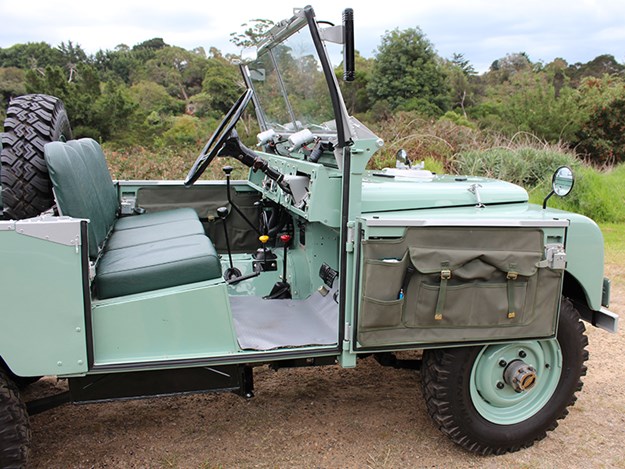
What I like about working on it is that it’s relatively simple and the whole thing is designed to come apart. They’re a very satisfying car to work on.
Certain things are very hard to find, such as the bench seats in the rear. In the end I found a long version and was able to cut it down to make two. However the parts supply is generally good, though the quality can vary and you do tend to get what you pay for.
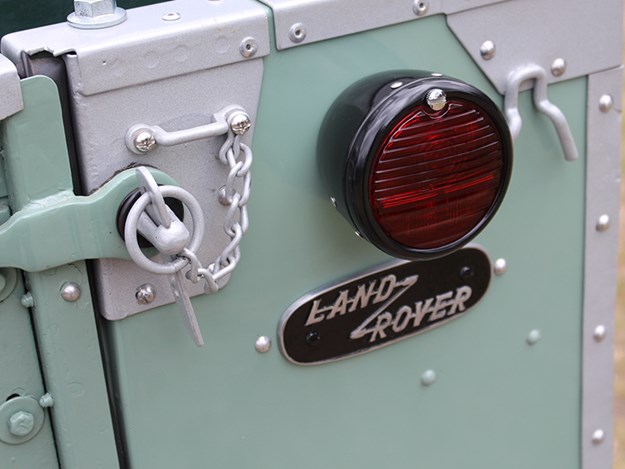
Of course now this series is a popular restoration target, some original parts are becoming valuable. Steering wheels, instrument panels and wiper motors are good examples. The latter can cost as much as $400 each, while the trafficators were $600 each!
With this one, I took the opportunity to do a few upgrades, such as a tacho from an MG and a few additional instruments, which keen owners may have fitted back in the day. Plus it has an overdrive, which means it can cruise quite happily on the highway.
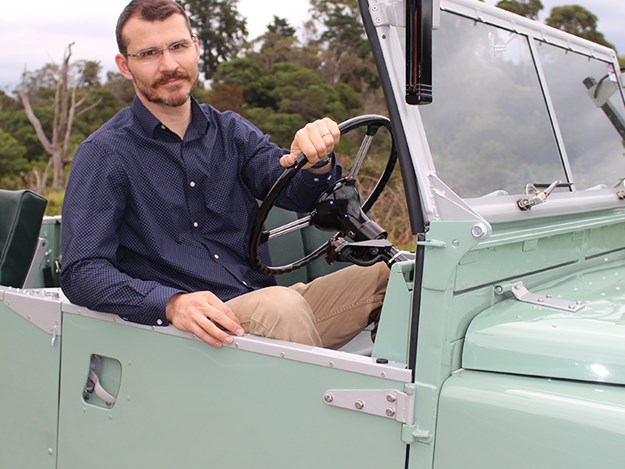
We’re fortunate in that we have a lot of the early paperwork, including owner manual and parts catalogue. Plus I have ancillaries such as the original jack and trouble lamp.
It’s an amazing car to drive. I know people see it as an agricultural vehicle, but it is sheer fun. It’s unique because you’re sitting high and out in the open, and of course you get a lot of attention on the road. My kids love it.

Ed’s note: Vlad has appeared in Unique Cars before as the restorer of an exceptional and surprisingly rare Audi Super 90. His next project is an Audi 100LS.
THE RESTO:
Snout assembly
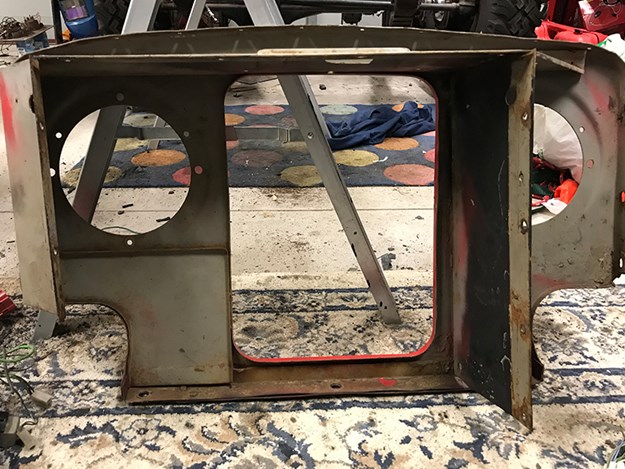
Two eyes are better than one.
Noise factory
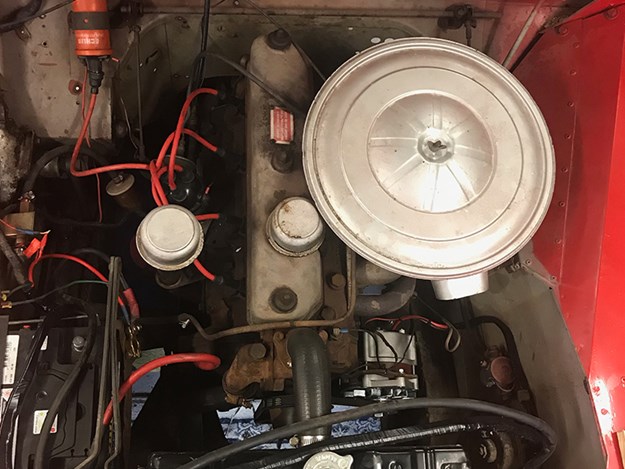
The Solex carby needed an overhaul.
Simplicity

Scarce resources led to its simplicity, with bonus ruggedness.
Cog box

The chipped gear was replaced.
Crusty
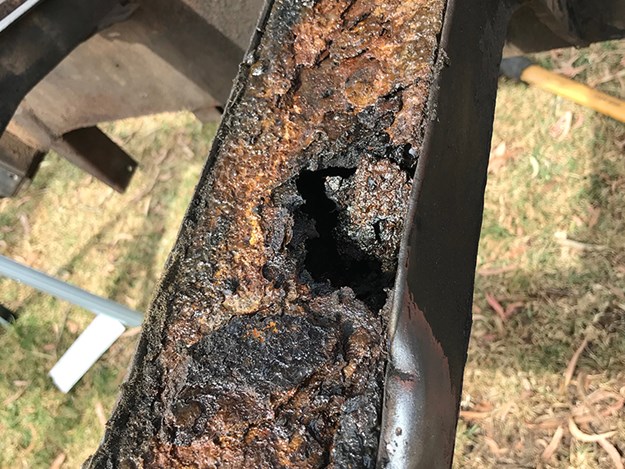
Rust was found in the usual places.
Back in black
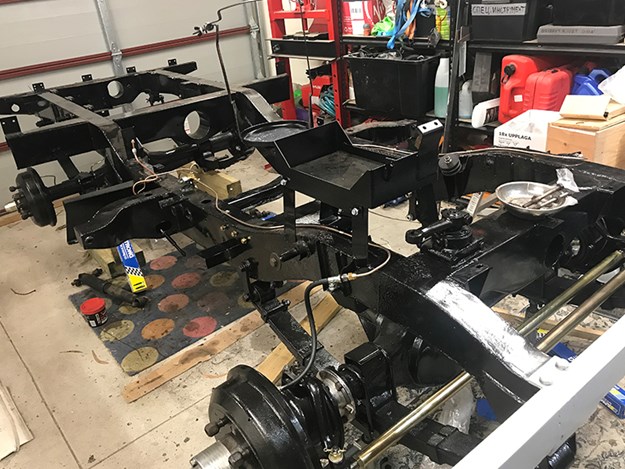
The chassis returned in a new coat.
The business side
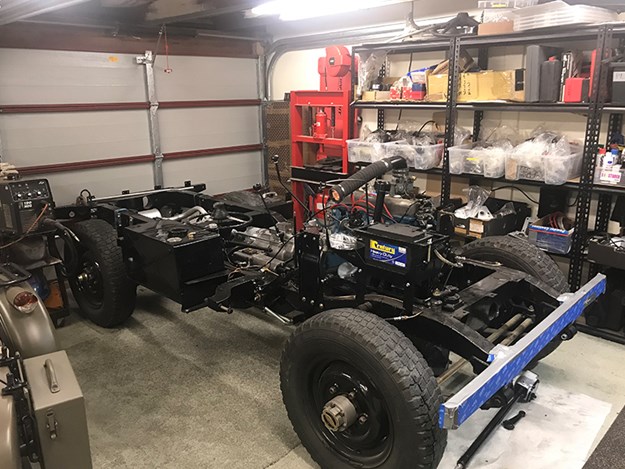
Just waiting on the green bits.
Lego Landie
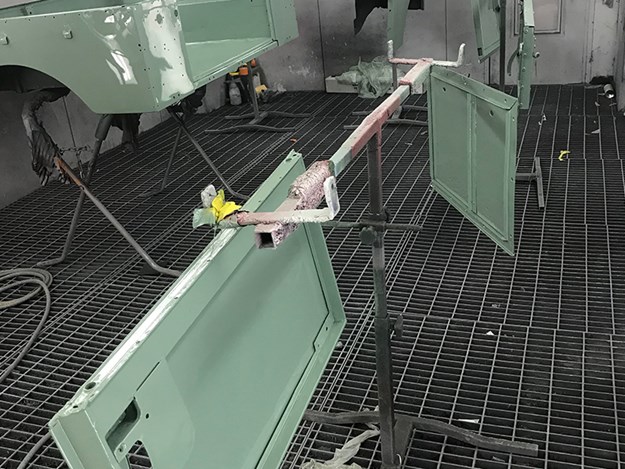
It looks like a big Lego set in this pic.
Open air

We’re sure something’s missing.
Original car: 1958 Land Rover Series 1
Length of restoration: 2 years
Reader Resto of the year contender
See all the contenders and vote here until Jan 8, 2023:
http://tradeuniquecars.com.au/rroty
From Unique Cars #465, Apr/May 2022
Unique Cars magazine Value Guides
Sell your car for free right here
Get your monthly fix of news, reviews and stories on the greatest cars and minds in the automotive world.
Subscribe

.jpg)











